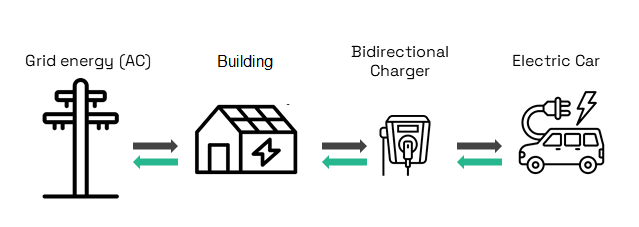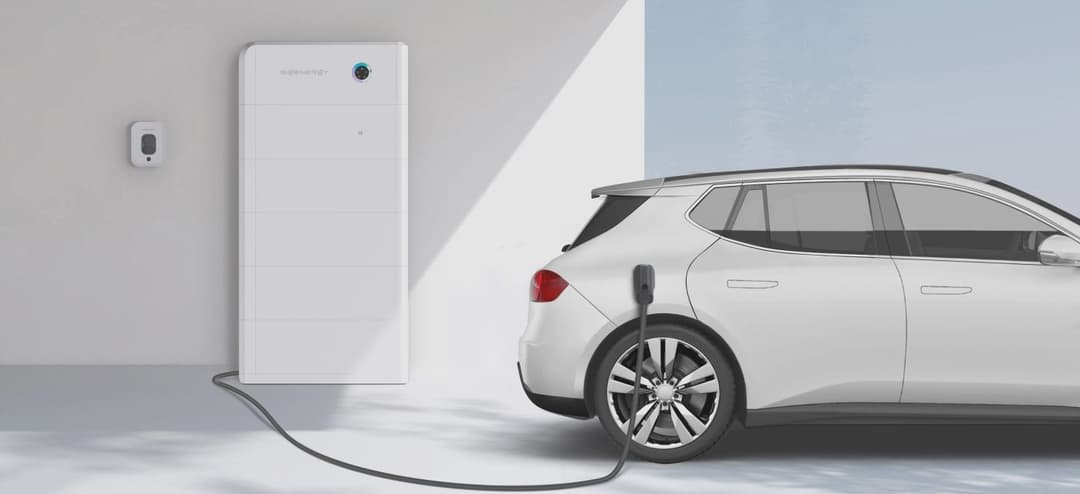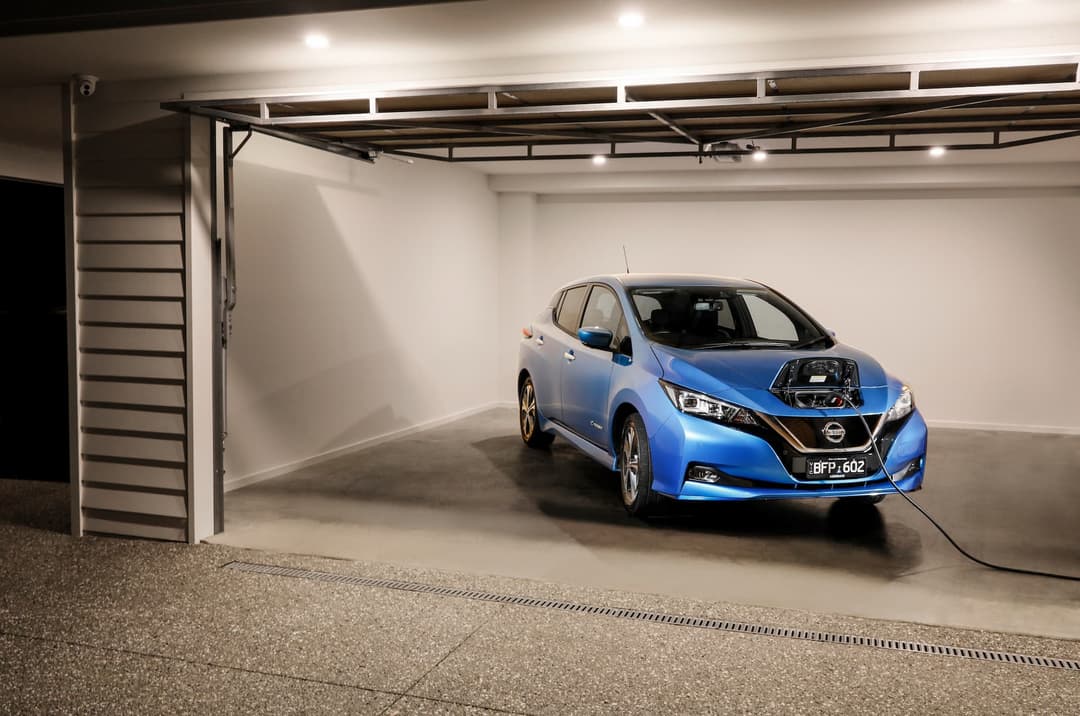New analysis from the Electric Vehicle Council (EVC) suggests that electric vehicles could soon do more than cut fuel costs, they could also drive down electricity bills for all Australians through bidirectional charging.
What Is Vehicle-to-Grid Charging?
Vehicle-to-grid (V2G) charging is a type of technology that allows electric cars to not only draw electricity from the grid but also send it back. Because EVs are essentially large mobile batteries, V2G lets them discharge stored power during peak demand times, typically when electricity prices are usually highest.
▶️MORE: Bidirectional (V2H and V2G) EV Chargers Guide (2025)
This technology is still new in Australia, but the EVC believes it holds massive potential to strengthen the grid, reduce power prices, and make the country’s energy system more reliable.

$3,000 Rebate Could Deliver Big Returns
According to new modelling commissioned by the EVC, a $3,000 government rebate for V2G chargers could generate more than $4,500 in savings on electricity bills across the country over five years.
That means every dollar invested in the rebate could return around $1.50 in benefits, thanks to lower wholesale energy prices and a reduced need for new infrastructure.
▶️MORE: Which Electric Cars Have Bidirectional Charging?
In addition to the community-wide savings, EV owners who export power using V2G could earn around $1,000 per year by feeding electricity back into the grid during high-demand periods.
The EVC is now calling on the federal government to include V2G chargers in its $2.3 billion home battery scheme to maximise returns for both households and the energy system.

Powering a Cleaner, Cheaper Future
The EVC says that with around 600,000 EVs capable of V2G, the total power they could supply would rival the output of NSW’s Eraring Power Station (one of Australia’s largest coal plants). That scale of potential could help bring forward the retirement of coal-fired power and fast-track Australia’s clean energy transition.
Julie Delvecchio, CEO of the Electric Vehicle Council, said Australia is well-positioned to take the lead in this space, just as it did with rooftop solar.
“EVs can store up to five times more energy than a typical home battery,” she said. “With the right tech in place, we can turn driveways into an energy asset that supports households and the grid.”
Delvecchio emphasised the role of early government support. V2G chargers currently cost around $10,000, similar to home battery systems, and she believes a $3,000 rebate could help kickstart mass adoption.
▶️READ: What is Bidirectional Charging, V2G, V2H, V2L?

Making EVs Work for Everyone
While EV owners are the ones who install V2G chargers, the EVC says the benefits would be shared by all energy users. Even people without EVs would see lower power prices over time as more bidirectional chargers enter the grid.
Australia already has more than 350,000 EVs on the road, many of which are owned by households in outer and middle suburbs. With EVs becoming more affordable, with models now starting from $30,000, a growing number of Australians are making the switch.
▶️2025 BEST SELLERS: These Are the Best-Selling EVs in Australia in 2025
But V2G, the EVC says, is what will truly unlock the full value of electrification.
“This is about building a more resilient, affordable, and smarter energy system,” Delvecchio said. “V2G gives us the tools to cut bills, support renewables, and improve grid reliability — especially during extreme weather events.”
While only a small number of EV owners currently use V2G technology, the council believes government incentives could rapidly expand its uptake, just as rebates helped kickstart rooftop solar adoption years ago.
Stay up to date with the latest EV news
- Get the latest news and update
- New EV model releases
- Get money savings-deal
